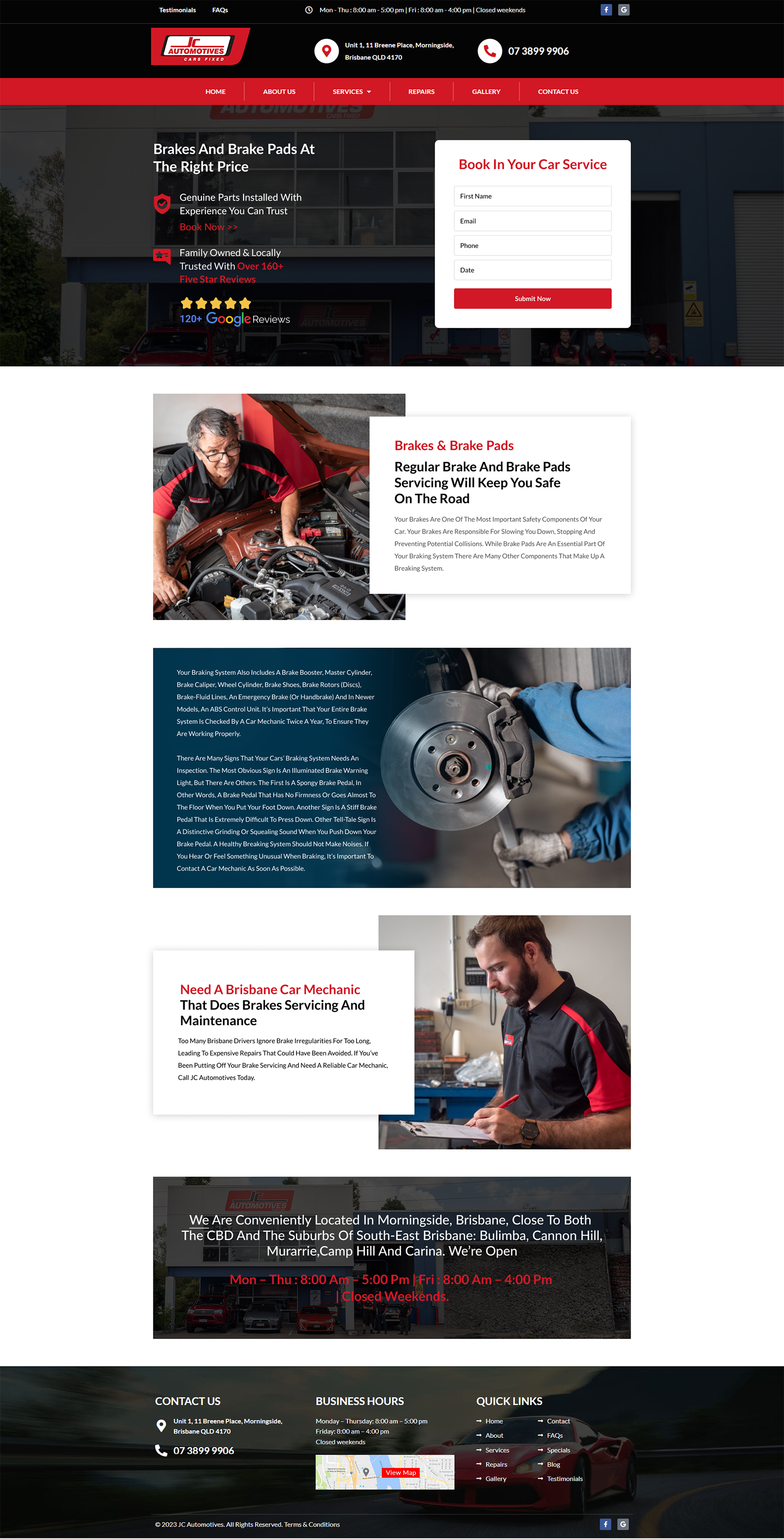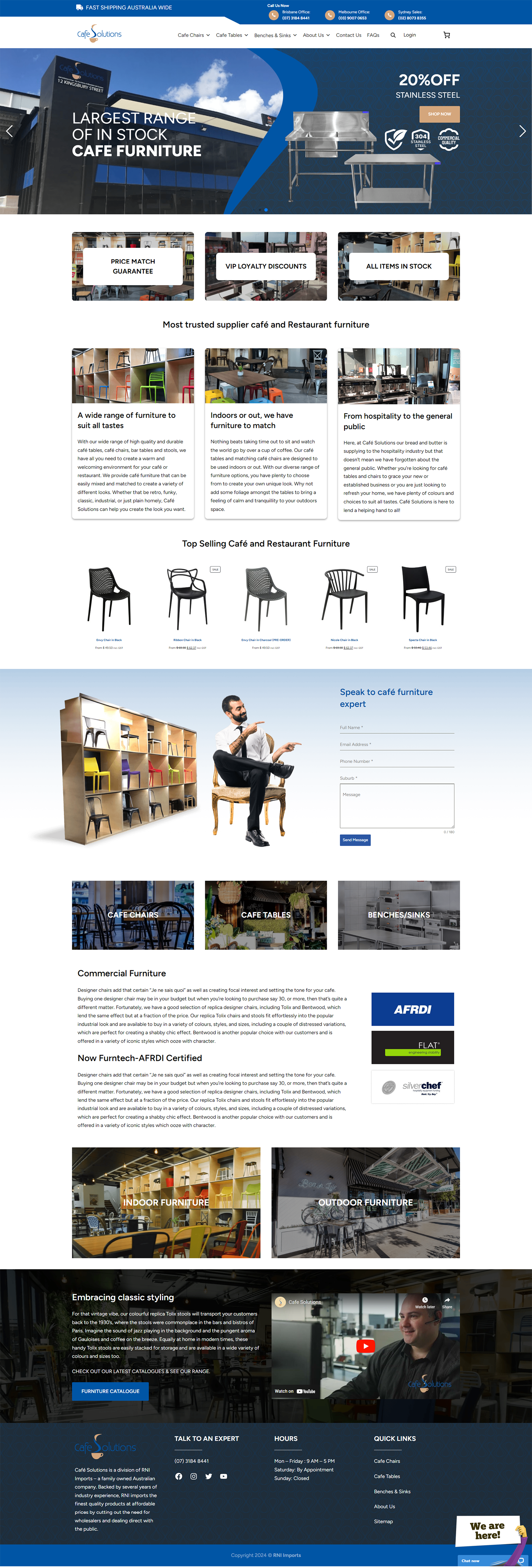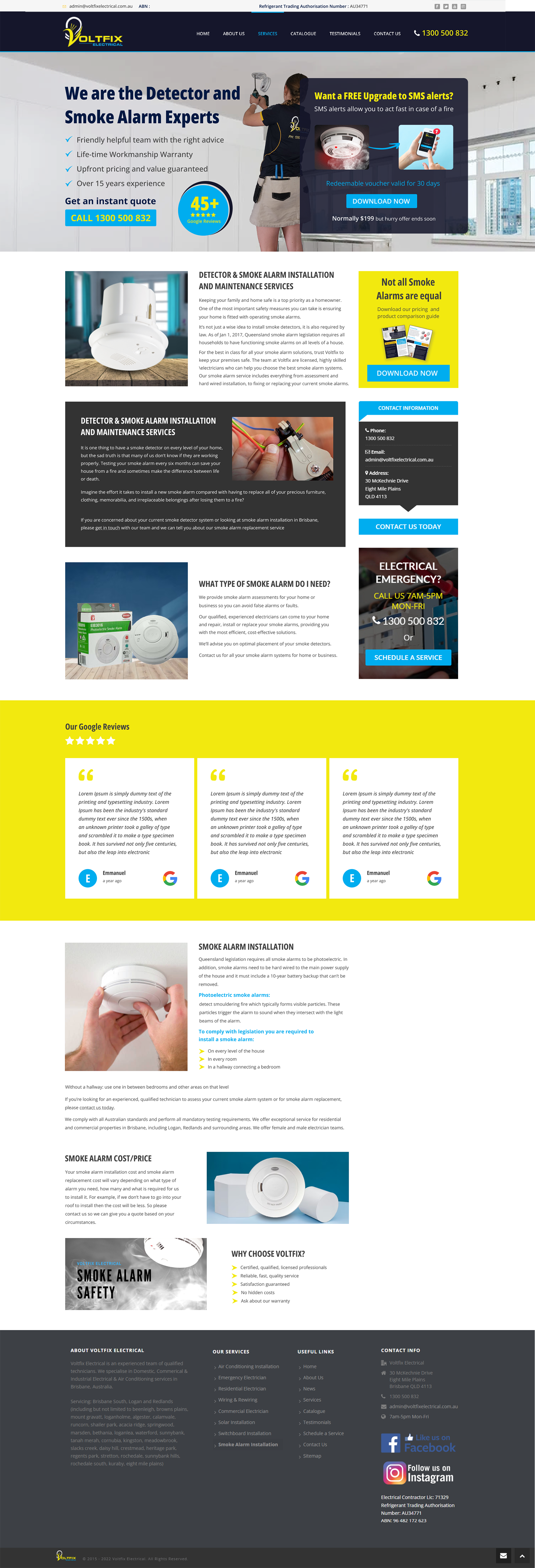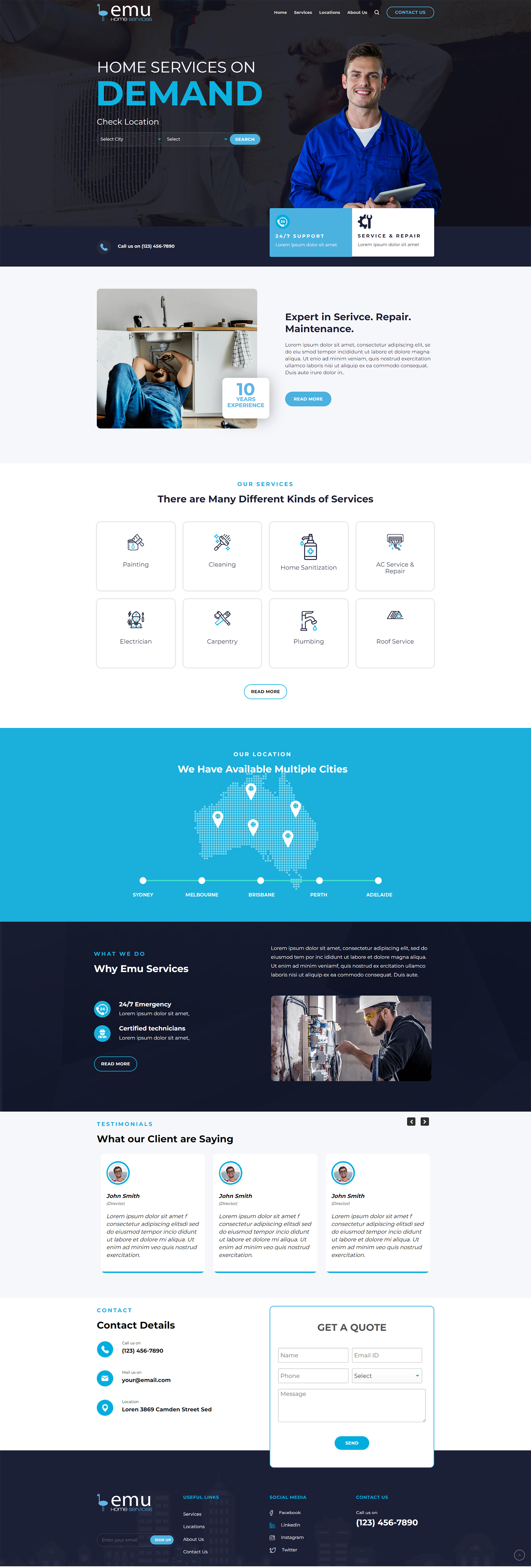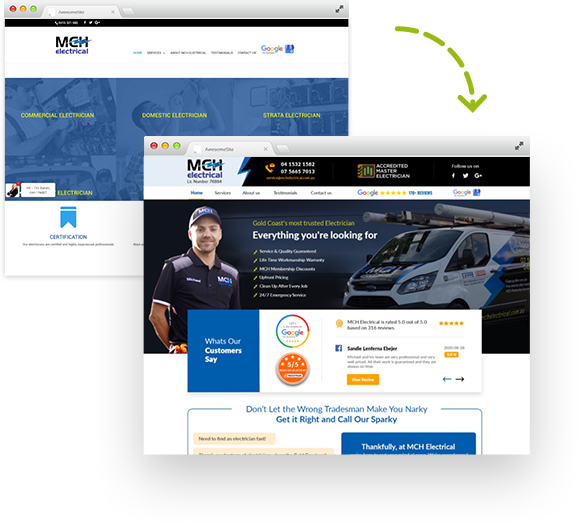If there were ever a business formula that provided you with the true fundamentals for proven success this would be it.
In fact I have not come across any business who has implemented this step and not yet succeeded, and it all starts with remembering this one very simple statement:
Most business owners have no real insight or knowledge of where their business is situated right now. They don’t know what drives new leads or what contributes to a final sale. If you can’t track where leads come from or what activities contribute to a sale then you are not in control of your business.
If you are able to track where leads and sales come from you can begin to plan the allocation of your marketing budget based on true performance and ROI. We often find that only 20% of marketing budgets are generating 80% of your sales and leads and without tracking in place most business owners continue to waste 80% of their marketing budget.
Imagine being able to know exactly what return you are getting for every 1$ invested into marketing and advertising. If you know that for every $1 you invest you are able to extract $5 profit then why not scale up your marketing spend? Well it’s not that simple.
Once you are able to track your marketing ROI, you also need to compare this at different levels of spend to factor in what we call marketing saturation and diminishing ROI. If you are achieving a 40% ROI on $10,000 per month marketing spend, this does not mean increasing that spend to $20,000 with double your sales volume and maintain the same ROI. It’s important to use various metrics and forecasting tools to know the available search demand there is available for your current target audience. Using this data we can know how much to increase your budget without affecting ROI. Once you test the limits of this you will reach a stage where you need to expand your target audience to continue growing your business. This could be as simple as geo-targeting a wider area or expanding to a more generic audience in the earlier research stages of the buying cycle. It could also mean appearing for more generic and less targeted terms and weather the cost of some irrelevant traffic in order to get to the hard to target customers who use ambiguous search terms.
Much of this data and the decisions made come from understanding who your audience is and what is their online search behaviour.
Multi Channel Attribution Tracking
Now that we understand the concept of Marketing Saturation and Diminishing ROI we can start using Google Analytics to begin tracking a range of data metrics to understand your audience. The end goal is to use Google Analytics to measure and understand how each advertising channel contributes to finding a paying customer. We call this “Value Weighting” and allows you to assign a value to how much contribution or attribution each channel has in the purchase path. We know that higher reach advertising channels like TV, radio or print build the highest awareness are the initial touch point and search advertising being is the last touch point prior to a lead or sales conversion.
You then may assign more value to the final touch point before a sale occurs. In most cases Paid Search and SEO attribute the highest value weighting due to the nature of user intent with online search representing an audience of highly motivated buyers. However if you are competing against large brands conversion levels will be much lower due to the trust nature of a well known brand name. It then becomes more important to value weight your budget on brand building activities like TV and Remarketing to effectively compete against the bigger brands.
By understanding that all marketing strategies and advertising channels work together to deliver very high ROI it is then important to implement mutli-channel attribution models to find a balanced allocation of your marketing budget in different areas. If however you are a small business with a budget that only allows for one or two marketing strategies then this will be less important.
For small businesses the simple option for attribution tracking is to check your traffic sources section of your Google Analytics account. Here you can build a picture of what drives most of the traffic to your site. You can then drill down into your traffic sources to understand a number of key metrics to understand user behaviour.
Brand Tracking
So why is brand tracking important? We find in both paid and organic search that businesses who carry a brand presence for their vertical have significantly higher click through and conversion rates than ads with no brand presence. Investing into brand presence is not about becoming a household name it is about becoming familiar and trustworthy to a certain specific target audience. Applying high frequency techniques like search and site remarketing combined with email marketing, social media and even direct mail is a powerful way to invest into building brand awareness. Post site marketing activities enable you to maximise the ROI of your reach campaigns like AdWords, SEO or even TV.
Combine this activity with a brand tracking strategy and you can start measuring how effective and powerful these combination strategies really are. Below are the metrics we use to measure brand uplift over time.
1. Search volume impression lift for brand search terms.
2. Increases in click through rate on brand search terms.
3. Increase in conversion rates from brand search terms.
4. Increase in time on site and average number of page views
5. Lift in expected search volume for brand terms on www.google.com/trends
Path to Purchase
The next little gem is the ability to measure what we call keyword path to purchase, also referred to as AdWords search funnels. Imagine being able to see learned search behaviour for your industry. We can view what each person typed into a search engine multiple times over a period of 30 days that eventually resulted in a valuable site action (conversion). We find that the average person uses 3 to 5 different search terms over a period of a few hours to a few days, (sometimes weeks) before converting. By viewing each individual search term entered into Google or Bing or Yahoo we can understand how they learn to find what they really want. Often the first search term is very generic or ambiguous and we see with each new search term the language is more defined and targeted as they learn how to find relevant results. This exercise enables you to peer into the mindset of your customers long before they end up purchasing from you. By understanding patterns in terminology used you can start changing your creative strategy to appeal to a wider audience or target new keyword terms to reach your audience before your competitors do.
Kick Media hold Analytics training courses for marketing managers and business owners on how to sort through the large amounts of analytics data available to understand what your customers really want. From here we will show how to improve your site to give users a great experience and convert more sales as a result.
Page and Click Tracking
Page tracking is the first method we use when you want to track which keywords searched on Google or which traffic sources have resulted in an enquiry form being filled out, an online payment or an application of some sort. This is done by placing code on the confirmation page after someone has taken a certain valuable action on your website. The key is making sure that page you track is only accessible after taking this valuable action on your site. You can then add a monetary value to this action to start working out your total cost versus revenue or your CPA, (Cost Per Acquisition). You may also call it your Cost Per Enquiry. In the finance field they often refer to it as Cost Per Application.
The next type is called Click tracking. Not all business types rely on forms being filled in to measure a valuable action. If you are looking to measure the engagement levels of your site in more detail than the normal analytics engagement metrics then click tracking is perfect. Another term for it is called event tracking. You may want to track PDF downloads or brochure downloads that don’t require a form being filled out. Maybe the play button of a video or an email link on your website. With event/click tracking we can measure where did the traffic come from that resulted in this click action and what search keywords were used in the first place. This is very powerful information that can be used to design content for your site or even create headlines for your next promotional banner or flyer. By understanding which words people are using that more frequently result in a valuable action on your site, you can generate a much higher return on investment from all forms of advertising.
E-commerce Tracking
The next step to page tracking is product tracking with websites that are set up for online transactions. If you are selling multiple products online with a shopping cart facility it is then highly beneficial to track all sales activity. By installing e-commerce code on your site, you can know exactly how much cost was involved in selling each product. Cost Per Acquisition tracking enables you to know what your true profit margin are after advertising costs. It also provides the most advanced level of optimisation by knowing what contributed to the sale and what was the final keyword and traffic source prior to the sale. With e-commerce tracking you have a direct response ROI allowing you to fine tune your strategy and see a very quick response in profit. You have the ability to scale up your spend in line with your profit. It is important however to also track offline sales if your business activity allows for this. Most people if given a choice will still prefer to buy offline or over the phone. So if your are a combination of offline and online e-commerce then be sure to know what activities have supported your e-commerce transaction.
Call Tracking
The next step toward tracking where sales and leads come from is through offline tracking methods. Call tracking has become one of the most powerful marketing tools in business. The ability to track calls from all traffic sources and analyse a range of metrics relating to this data is very impressive. Below is a list of features with call tracking.
- Call sources from online and offline
- Search terms that resulted in a call
- Call whisper to notify call source on answer
- Call wrap with IVR to rate each call integrated with Google analytics
- Integration with Google AdWords and major search platforms via Google analytics
- Location and IP tracking data
- Call recording and average time of call
- Text message thank you post call
- Missed call alerts
- Unanswered call data
Collating Sales and Marketing Data with a powerful Data Management Platform (CRM)
I have an extensive background in CRM workflow management and systems automation.
Our team have searched high and wide for a CRM platform that ticks the boxes for most businesses.
Often the key is usability combined with customisation to fit your business.
Challenges also occur with limited integration.
Your solution should bring together the following into one central Data Management Platform:
- Sales leads & management
- Client and product data
- Advanced email marketing
- Finance and billing
- Marketing automation
- Business intelligence
- Project management
- Integration with over 200 online business tools






